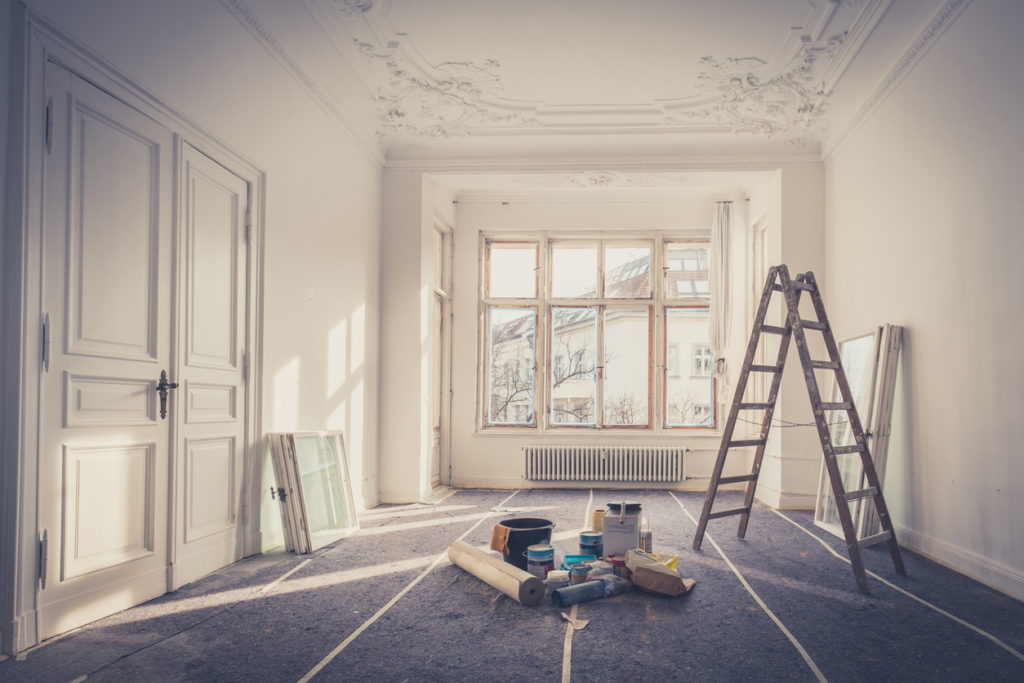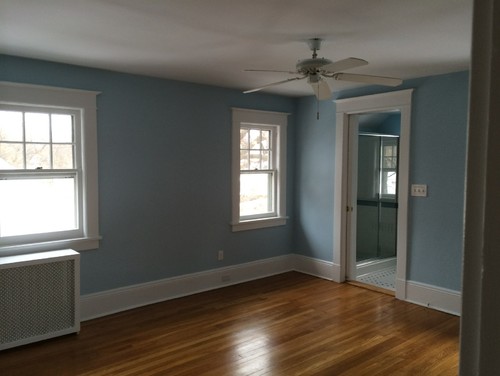Enhance Your Interior Design With Comprehensive Shade Examination
The combination of shade assessment into indoor design offers an unique opportunity to refine and elevate the emotional and visual vibration of a space. By involving with a skilled shade professional, you can browse the complexities of shade option, making sure that your options not only enhance architectural features but additionally resonate with individual style and psychological effect.
Advantages of Color Assessment

Moreover, shade examination help in making the most of natural light and enhancing spatial perception. Lighter tones can make an area show up more expansive, while darker tones create an intimate setting. Cleveland Metro Painting Specialists. This critical application of color can considerably influence the general setting of any type of indoor area
In addition, expert specialists have a detailed understanding of classic classics and current patterns, guaranteeing that the selected shades will continue to be appealing gradually. This foresight can save customers from pricey redesigns in the future. Finally, shade assessment equips clients by offering them with a clear vision and instructions, promoting confidence in their style options and ultimately causing a much more satisfying and successful interior decoration outcome.
Understanding Color Psychology
The importance of shade psychology in interior decoration can not be overstated, as it explores the mental and emotional impacts that various hues can evoke in individuals. Shades can affect state of mind, behavior, and even efficiency, making them an essential consideration in any kind of design task.
As an example, cozy colors such as red, orange, and yellow are frequently connected with power and heat. They can promote feelings of enjoyment and convenience, making them ideal for social areas like living kitchens or rooms. Alternatively, awesome colors like blue, green, and purple often tend to evoke peace and peace, making them suitable for rooms or meditation areas.
Additionally, using neutral tones can produce a well balanced atmosphere by allowing the bolder shades to stand apart without overwhelming the senses. Comprehending these mental impacts makes it possible for designers to produce rooms that not just look aesthetically pleasing but likewise promote psychological well-being.
Including shade psychology right into interior decoration includes a thoughtful selection of hues customized to the designated function of each space, eventually enhancing the total experience for its owners. This awareness is critical for achieving a useful and unified indoor atmosphere.
The Shade Wheel Clarified
It consists of key shades-- red, blue, and yellow-- that can not be developed by mixing other colors. Tertiary colors result from mixing a primary and an additional shade, leading to hues such as green and red-orange.
The shade wheel visit aids designers grasp the relationships between shades, consisting of complementary, similar, and triadic plans. Corresponding shades, positioned contrary each various other on the wheel, create vibrant contrasts that can stimulate a room. Similar colors, situated alongside each other, give a cohesive and unified look. Triadic schemes make use of three evenly spaced colors, providing balance and aesthetic passion.
Making use of the shade wheel in interior decoration not only enhances aesthetic charm however additionally evokes details feelings and environments, making it an essential reference for shade assessment. Understanding these connections eventually equips designers to produce spaces that are both visually captivating and useful.
Picking the Right Palette
A well-chosen shade plan can merge a room, boost its functions, and stimulate desired emotions. Various spaces offer diverse features and call for combinations that reflect their desired use; for circumstances, relaxing colors such as soft blues or environment-friendlies work well in rooms, promoting relaxation.
Following, take into consideration the natural light offered. Light can substantially change just how shades appear, so it is crucial to evaluate the space at different times of the day. Additionally, consider existing architectural elements and home furnishings. A harmonious scheme should match these functions, developing a natural appearance throughout the room.
When selecting colors, make use of the 60-30-10 guideline, which suggests that 60% of the area must be a dominant color, 30% a secondary color, and 10% an accent color. This ratio makes certain balance and link visual passion (Cleveland Metro Painting Specialists). Ultimately, example colors on the wall surfaces before devoting, as this permits you to see how the shades connect with each other and the overall ambiance they produce in your interior decoration task.
Functioning With a Shade Specialist

When working with a color professional, the process typically starts with an initial appointment. Throughout this meeting, you'll discuss your vision, choices, and the existing aspects in your area. The consultant will evaluate your requirements and may advise details color combinations that line up with your objectives.
After establishing a direction, the expert will offer examples and visual help to aid you imagine the suggested shade systems. This step is important, as shades can show up in different ways under differing illumination problems.
Additionally, a color specialist can lead you in choosing complementary home furnishings, art work, and devices to balance with your chosen scheme. By working together closely, you can accomplish a polished aesthetic that raises your interiors and develops a welcoming environment. Ultimately, the expertise of a shade specialist can significantly improve the overall effect of your layout project.
Verdict
In recap, thorough color examination offers as an important tool for boosting indoor layout. By leveraging specialist expertise of shade psychology and spatial dynamics, a customized color combination can be created to evoke particular feelings and produce a harmonious atmosphere.
By involving with an experienced shade consultant, you can browse the complexities of color option, making certain that your choices not just complement architectural attributes but likewise resonate with individual style and psychological impact. It makes up primary colors-- red, blue, and yellow-- that can not be produced by blending other colors.The shade wheel helps designers understand the connections in between colors, including complementary, similar, and triadic systems.When picking shades, use the 60-30-10 regulation, which recommends that 60% of the area need to be a leading color, 30% an additional color, and 10% an accent Extra resources color. By leveraging specialist expertise of color psychology and spatial dynamics, a customized color scheme can be developed to stimulate specific emotions and create an unified setting.